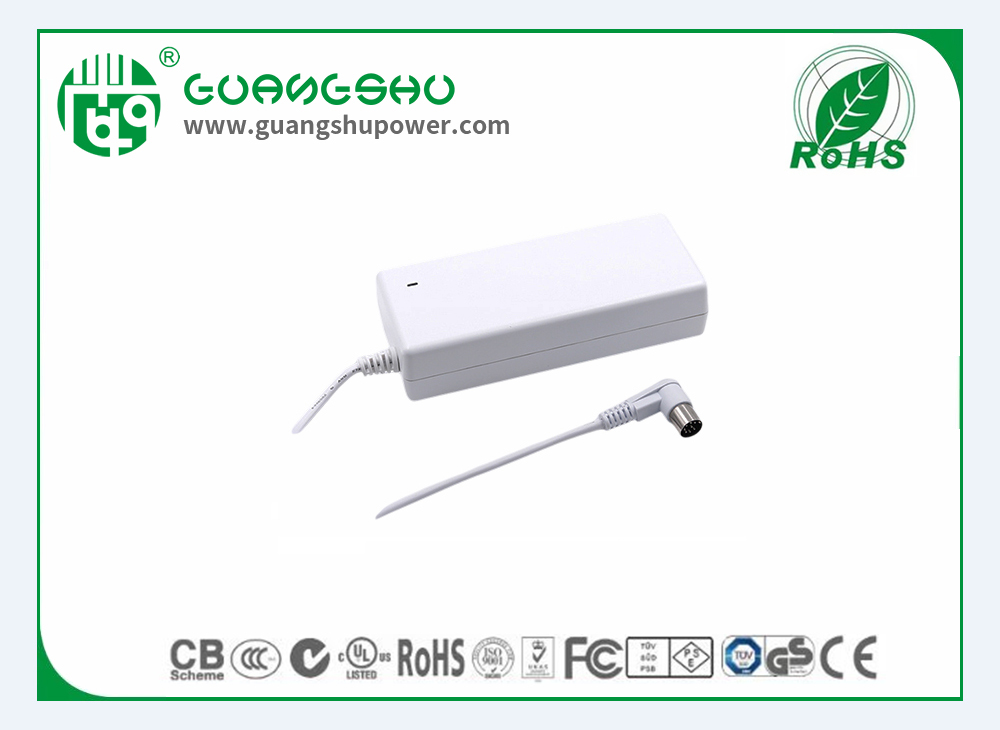Time:2024-09-18 Views:0

Whether the charger will continue to consume electricity when plugged into a socket without being unplugged is a question related to power consumption and energy efficiency. Generally speaking, when a charger is plugged into a socket without connecting a device, it still consumes a certain amount of electricity. Although this consumption is usually small, long-term accumulation may also cause some energy waste. Below is a detailed explanation of this phenomenon and its impact:
Standby Power Consumption: Even if the charger is not connected to any devices, it may still be in standby mode for power consumption. In modern charger design, a power management circuit is included to ensure that the device does not completely lose power when not in use. This circuit can detect the insertion status of the device and adjust the current flow appropriately. Standby power consumption is usually very low, but if many chargers are plugged into sockets for a long time, the accumulation of small amounts may also lead to certain power consumption.
The actual impact of energy waste: For most modern chargers, their standby power consumption is typically between 0.1 watts and 0.5 watts. Although the standby power consumption of a single charger is not high, if there are multiple chargers left unplugged or unplugged in a home or office, the combined small energy consumption will also have a certain impact on electricity bills. According to data from the US Department of Energy, the standby power consumption of household appliances and electronic devices may waste tens of dollars in electricity bills each year.
Electrical design and energy-saving technology: In recent years, many chargers and power adapters have adopted designs to reduce standby power consumption. For example, some chargers will automatically enter a lower energy consumption mode or completely cut off the current after detecting device disconnection, thereby reducing standby power consumption.
Environmental impact: Although the standby power consumption of chargers may seem insignificant, from an environmental protection perspective, reducing unnecessary power consumption can help lower overall energy demand and reduce the burden on the environment. Reducing standby power consumption of electrical appliances can help reduce greenhouse gas emissions and energy consumption, thereby having an impact on the environment.
Management and optimization: If you want to further reduce standby power consumption, you can consider using socket switches or smart sockets, which can easily cut off power when not needed. In addition, many modern sockets and charging devices offer higher energy efficiency and energy-saving features, and choosing these products can also help reduce unnecessary power consumption.
Overall, although chargers have standby power consumption when plugged into sockets, this consumption is usually small and the impact of a single charger is limited. However, from the perspective of energy conservation and environmental protection, reducing standby power consumption is still a commendable approach. By using products and management measures, energy waste can be effectively reduced and the environment can be protected.
Does the lithium battery charger have overcharge protection
Lithium batteries are widely used in mobile electronic devices, electric vehicles, and energy storage systems due to their high energy density, long cycle life, and low self discharge rate. However, the stability issue of lithium batteries cannot be ignored, especially the problem of overcharging, which may cause battery expansion, heating, and even lead to fire or explosion accidents. Therefore, modern lithium battery chargers are usually designed with multiple protection mechanisms to ensure the battery, among which overcharge protection is a very critical function.
Read recommendations:
65W desk Switching power supply Factory